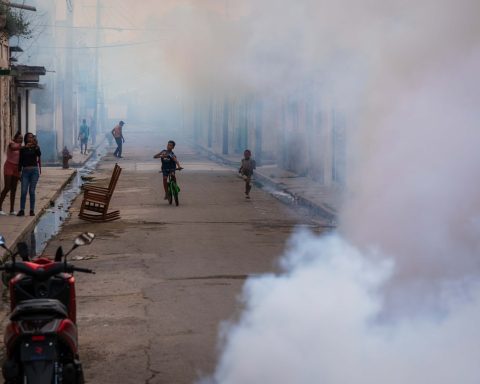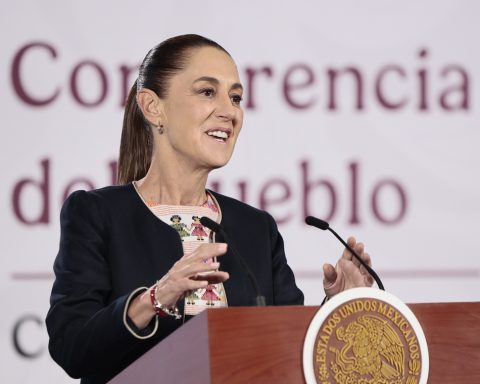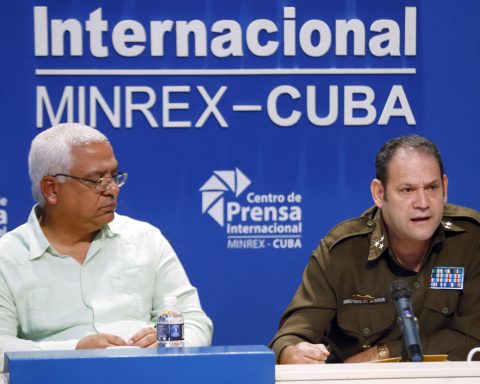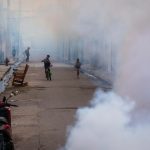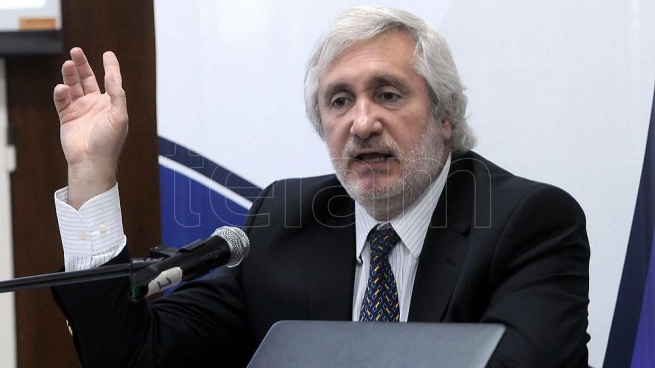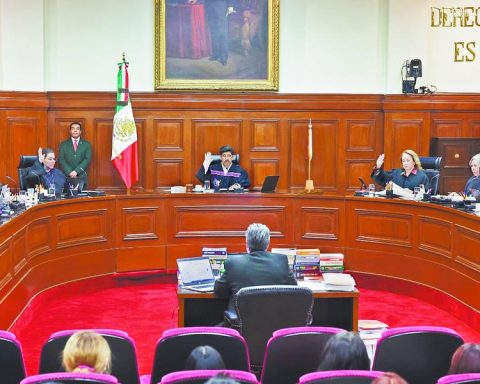More than one million people have been diagnosed in Cuba with COVID-19, since the first three positive patients for SARS-CoV-2 were confirmed in March 2020. They are numbers that for almost two years have kept an entire country in suspense and have left traces in many of our homes.
These complex months of confronting the virus have brought with them plenty of lessons, which demonstrate the urgent need to comply in all scenarios with the action protocols designed for the preventive and therapeutic management of the disease.
The fact that 97.4% of confirmed people have been saved so far is not just another number in the accumulation of statistics: it is, above all, indisputable proof of how much effort Cuba has made to protect the lives of our people in this period of hard battle against the epidemic in the country.
Despite this reality, all care will always be little to minimize contagion as much as possible. In the current scenario, sequencing studies of the SARS-CoV-2 virus already show that the omicron variant is the one that is beginning to prevail in Cuba, thus increasing the transmission of the disease.
Proof of this is that in the first 15 days of January, 32,720 new infections were confirmed in Cuba, a figure much higher than that reported in November (9,994) and December (3,845); We are aware that at this stage many people with mild symptoms do not go to health institutions or are not studied, which indicates that the current figures are higher.
This increase in daily cases is also happening in the world and nothing can make us think that it will be different in our country. Complying with the existing action protocols —and which we already know work— is vital to prevent the growth of confirmed cases that is manifesting from putting a strain on our health system again.
With 21,783 new infections, the last week is the fourth in which the increase in cases persists in a row. This represents 11,605 more patients than in the previous seven days.
The provinces with the highest incidence were Camagüey, Mayabeque, Villa Clara, Holguín, Artemisa and Las Tunas. These territories concentrated 49.6% of the cases of the week.
In the last five weeks, a sustained rise in active cases was also observed throughout the country, with the exception of the province of Matanzas. This Monday, a total of 17,443 people infected with the disease were kept hospitalized —both at home and in hospital institutions— and 41 patients were reported in intensive care units.
Not even the levels of vaccination that we have reached —which undoubtedly put us in better conditions to face this new moment of the epidemic—, can make anyone think that we are completely safe.
Due to the high transmissibility of the omicron variant, it is foreseeable that the increase in cases will persist in the coming days. From last November 29 to January 15, this variant had been identified in 168 people and is predominant in the studies carried out.
It is a reality that we cannot ignore and demands greater responsibility, both individually and collectively.
Our strengths cannot become a reason for trust among the population. We cannot leave the protection of the health of Cuban families alone in the hands of health and science professionals: the risk of contagion continues to be high and we all have a duty to take care of ourselves.
